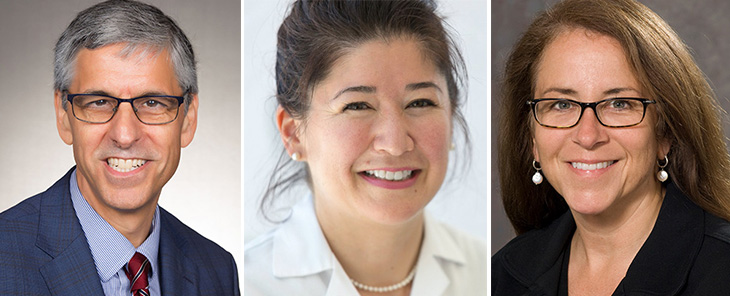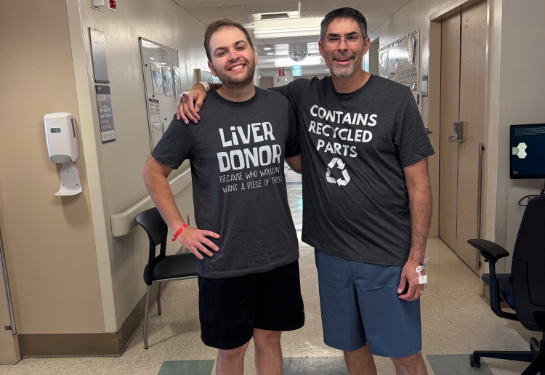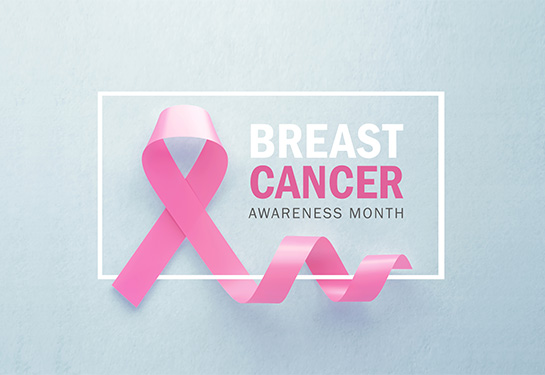JAMA article recounts School of Medicine’s holistic admissions practices
Colleges nationwide turn to UC Davis for proven ideas to increase share of students underrepresented in medicine
Colleges and universities wanting to commit to health and education equity without using affirmative action can turn to the UC Davis School of Medicine for best practices, according to a new article published this week in JAMA online.
The “Viewpoint” article posted Monday recaps how and why the school over nearly two decades has significantly boosted enrollment of students historically underrepresented in medical education. The article was authored by School of Medicine faculty members Mark Henderson, associate dean for admissions; Tonya Fancher, associate dean for workforce innovation and education quality improvement; and Susan Murin, the interim dean.
The article, “Holistic Admissions at UC Davis — Journey Toward Equity,” was written after the U.S. Supreme Court barred higher education institutions from admitting students based on race. Although California voters narrowly passed Proposition 209, banning race-conscious admissions in 1996, the School of Medicine has stood out as one of few institutions that has steadily increased enrollment of Black, Latino and Native American students.

Over the past 15 years, the article states, UC Davis School of Medicine “has tripled enrollment of these students by developing an admissions model that prioritizes state workforce needs and attention to the mission fit, lived experience, and socioeconomic background of each applicant.”
In 2006, the proportion of entering Black, Hispanic and Native American students was less than 10%, despite the same groups being a majority of the state’s high school graduates. It was also known that students from these groups experience greater income inequality, less access to care and poorer health outcomes.
“To fulfill the school’s public mission,” the article states, “radical change was needed — but without preference for race, sex, color, or ethnic or national origin in the admissions process.”
That’s when the school’s leadership team committed to developing a process to admit students who would be best equipped to meet the workforce needs of California. This represented a new, radical model for medical education.
It meant relying less on metrics such as the Medical College Admission Test scores, or undergraduate grade-point averages — and adding a number of other criteria to provide a more holistic view of each applicant’s life experience. The admissions committee also added new student and faculty members and implemented new methods of evaluating applicants, such as multiple mini-interviews that are less subject to individual bias and are better at predicting who will make a great doctor.
“Asking the question, ‘How will this applicant add to or strengthen the future physician workforce in California?’ broadened the perspective of committee members, prompting them to consider attributes including maturity, work experience, military service, and personal illness, disability, or other adversity,” the authors state.
Even after employing the new criteria, committee members needed ways to put traditional academic metrics into the context of the diverse educational experiences and opportunities of students from different backgrounds. Eventually, researchers from the UC Davis Health’s Department of Family and Community Medicine developed the UC Davis Scale. It is a continuous measure of socioeconomic disadvantage, incorporating factors from the medical school application such as parental income and education, growing up in a medically underserved area, and other socioeconomic variables.
To fulfill the school’s public mission, radical change was needed — but without preference for race, sex, color, or ethnic or national origin in the admissions process.”—Article co-authors Mark Henderson, Tonya Fancher and Susan Murin
“This scale is placed alongside other academic performance measures to provide context to these metrics, serving as a proxy for resilience or distance traveled, key physician attributes,” the article states.
Meanwhile, the school developed innovative pathways or Community Health Scholar (CHS) tracks that helped students align their medical education with workforce needs. They did this with the help of the UC Office of the President, state funding and financial support from organizations such as Kaiser Permanente Northern California.
For example, ACE-PC (Accelerated Competency-based Education in Primary Care) is a three-year program that offers a medical degree to select students in just three years instead of four, helping alleviate the shortage of primary care physicians. Likewise, REACH PRIME (Reimagining Education to Advance central California Health) provides students with extensive patient-care experience the Central Valley, which has a severe shortage of physicians.
Students who pursue CHS pathways often mirror the target patient population or specific workforce need the program intends to address.
And because students from historically underrepresented groups often come from low-resource families, including many who are the first in their families to attend college, the school offers a strong support system that includes financial aid, academic coaches and mentors.
“UC Davis’ mission-aligned holistic admissions journey shows that institutions committed to education and health equity can make progress in a race-neutral environment,” the authors conclude.
“Leveling the playing field for low-income students can reduce segregation of medical schools, enhance the impact of scientific teams, grow the primary care workforce, improve access to care for underserved communities, and increase provision of culturally humble care. All medical schools must recommit to their social mission if the U.S. is to achieve health equity.”



